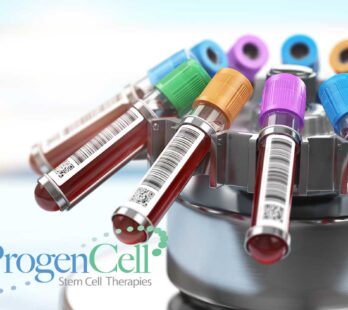What is the difference between PRP and Stem Cell Therapy
One of the most frequent misconceptions encountered in the field of regenerative medicine is to think of PRP (Platelet Rich Plasma) therapies as the equivalent or the same as Stem Cell Treatments. In this blog post I will go over the differences between PRP Therapy and Stem Cell Therapy.

